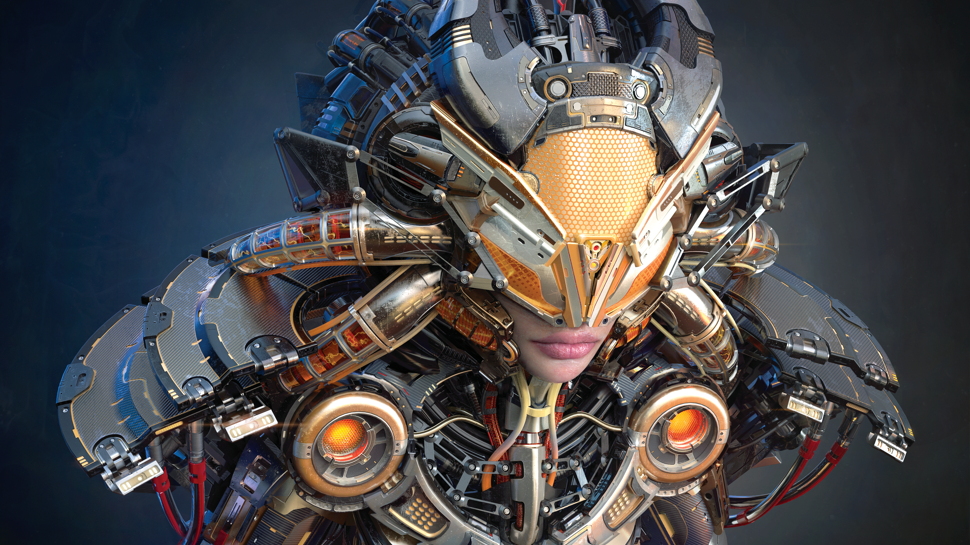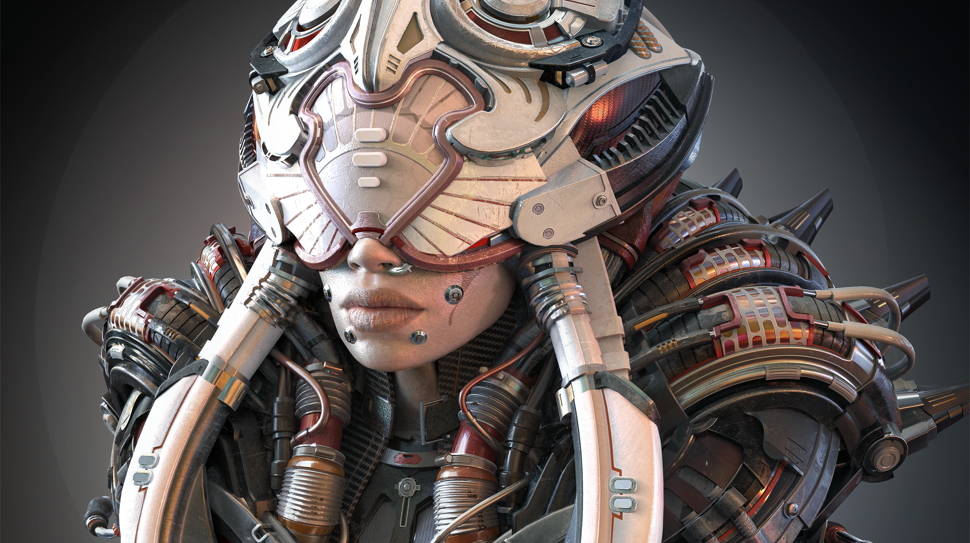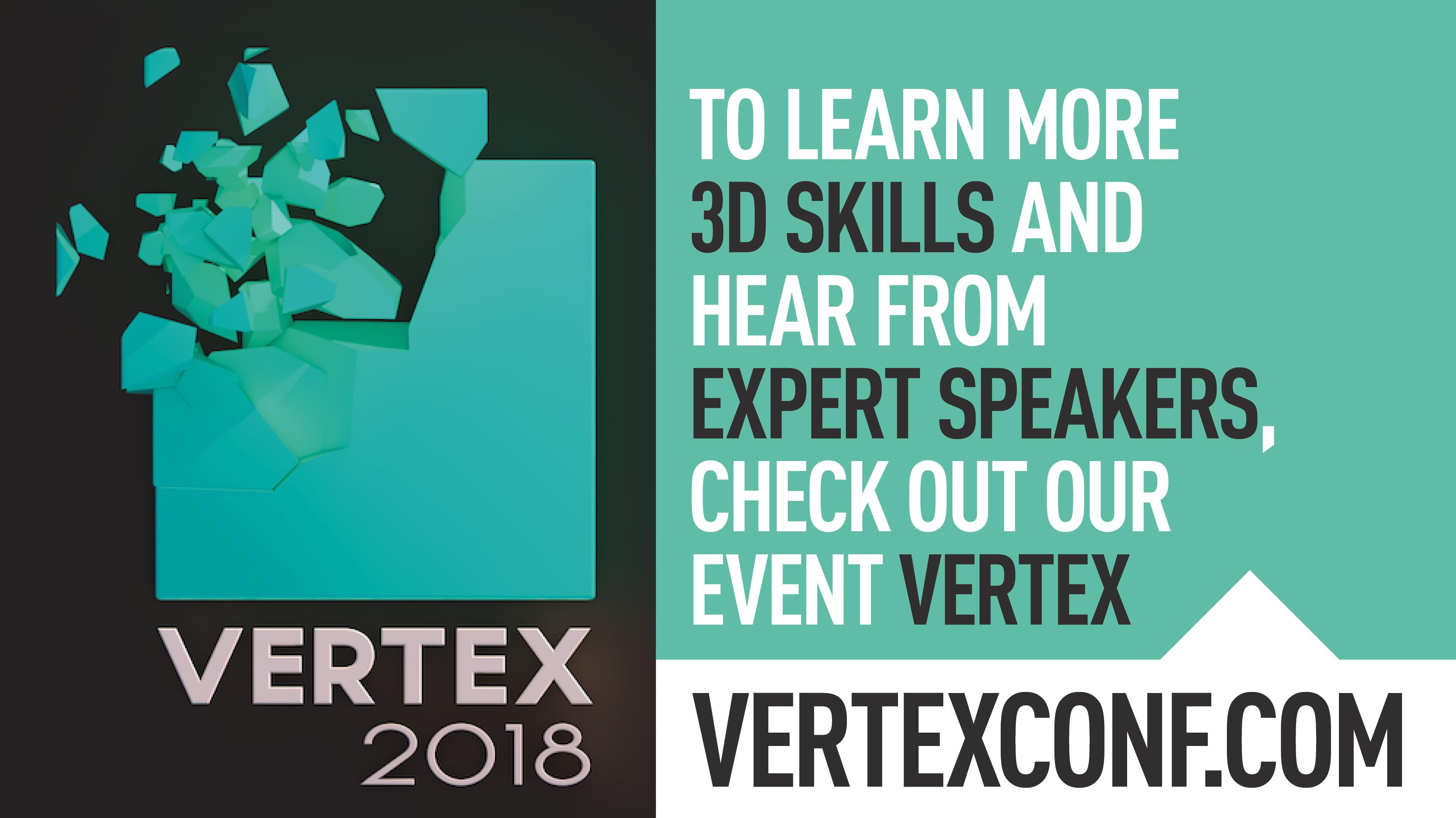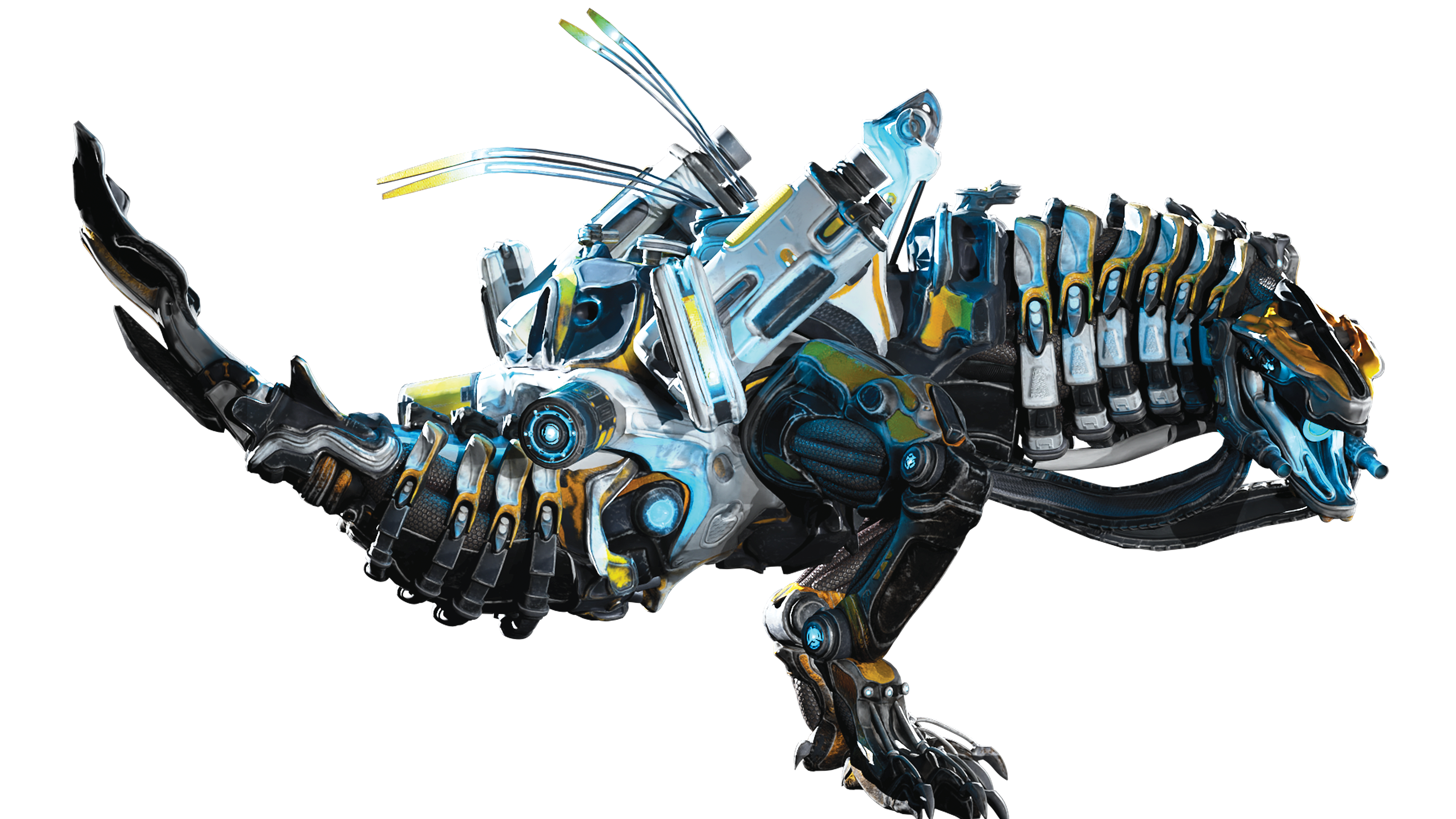6 ways to speed up your modelling
Essential advice for setting up your models for success.

A more efficient workflow is the obvious benefit of improving your speed sculpting technique, but that’s not the only advantage; it can also boost your creativity, helping you to produce even more interesting and vibrant work.
Of course, the key to perfecting your technique is usually practice; for example, if you want to sculpt anatomy quickly and confidently, the best way to achieve this is to do lots of sketching exercises to help you master human and animal anatomy.
You can also learn from expert artists, such as The Mill New York’s modelling supervisor, Adam Dewhirst to really help you with your workflow.
At his debut workshop at Vertex, our event to bring the CG community together, Adam explains how to create a digidouble in less than a 24 hours, using a range of techniques from photogrammetry and mesh wrapping to The Mill’s custom human rig. His workshop is on 13 March at Olympia London, so don’t miss it.
In the meantime you can learn about 6 top tips to boost your speed now! 3D artist Liudmila Kirdiashkina has revealed some of her tricks for powering up her modelling speed, so check them out below!

01. Assign hotkeys to the frequently used commands
It makes sense to create keyboard shortcuts not only to the most frequently used tools, but to such actions as changing display/shading modes, switching between different selection methods and opening various editors. You can modify default hotkeys and assign combinations that are more convenient for you.
Though it takes only a couple of seconds to open a menu and find the command you need, these micro pauses distract your attention from the modelling process itself. For speedy modelling you have to stay focused all the time.
Get the Creative Bloq Newsletter
Daily design news, reviews, how-tos and more, as picked by the editors.
02. Utilise custom scripts and plugins
Various scripts and plugins not only expand the range of your modelling options and tools, they save a good deal of time as well.
For easy access custom scripts can be placed on a shelf, bar or drop-down menu, depending on the program. You can go further and assign keyboard shortcuts to the scripts you often use.
It’s also worth installing some plugins for smooth integration between your modelling, texturing and rendering software.
These plugins will give you advanced export/import options, preserve more data about your model or scene and allow direct jumping between different applications.
03. The preparation stage – gathering references
It’s advantageous to have a clear idea of your future model before you start making it.
Collecting relevant and good-quality references can be a challenge on its own. I prefer going to Pinterest when searching for inspiration and interesting ideas, and I always find images and links to something very suitable yet unexpected.
It’s better to pay attention to real-life photos rather than images done by other artists. Installing a reference-image viewer (such as PureRef) may also facilitate your workflow, as it is great at putting together numerous files.
04. Step-by-step modelling – look from different perspectives
Start modelling with simple primitive objects. Avoid jumping into too many details at the very beginning.
It’s better to refine geometry gradually, keeping all parts at the approximately same level of details. Think about the overall visual style of the model and try to keep it consistent while adding particular details.
Occasionally change the scene lighting or shading modes and try out various materials, as this can give you a better feel for the model and helps to reveal weak spots or flaws in the geometry.
05. IMM brushes and model sets
Model sets can be utilised in any program, and in ZBrush it is possible to save them as Insert Multi Mesh brushes, which is super convenient.
Various model packs are great for making quick 3D concepts and blocking out rough shapes.
It is also a fast method to experiment and add interesting details to your 3D sketch, especially if you don’t have any 2D drafts and you are about to model something on the fly.
I find it timesaving to create a quick 3D sketch in ZBrush as a guideline and then export it to another 3D modelling application for clean topology creation.
06. Efficient time management
Don’t forget about some general yet effective rules of time management, especially if you do freelance work and have multiple deadlines.
To begin with, list everything that needs to be done and define the priority of your objectives, then set realistic time limits to each task and allocate time for several breaks.
Even if you are short of time, it’s necessary to occasionally step back and assess what you have done so far.
Once all your goals are set, concentrate fully on one particular task, try to avoid distractions and keep in mind your time constraints.

Adam Dewhirst will be presenting his workshop at Vertex, our debut event for the CG community. Book your tickets now at vertexconf.com, where you can find out more about the other amazing speakers, workshops, recruitment fair, networking event, expo and more.
Read more:

Thank you for reading 5 articles this month* Join now for unlimited access
Enjoy your first month for just £1 / $1 / €1
*Read 5 free articles per month without a subscription

Join now for unlimited access
Try first month for just £1 / $1 / €1

Carrie is a marketing manager for AXS Europe and before that, was content marketing editor for EPM.Digital. She previously worked as editor of 3D Artist Magazine, and has written for publications across tech, entertainment, knowledge and more, including Retro Gamer, Play Magazine, Scholastic Books, iCreative, Gadget Magazine, History of Royals Magazine and more.
